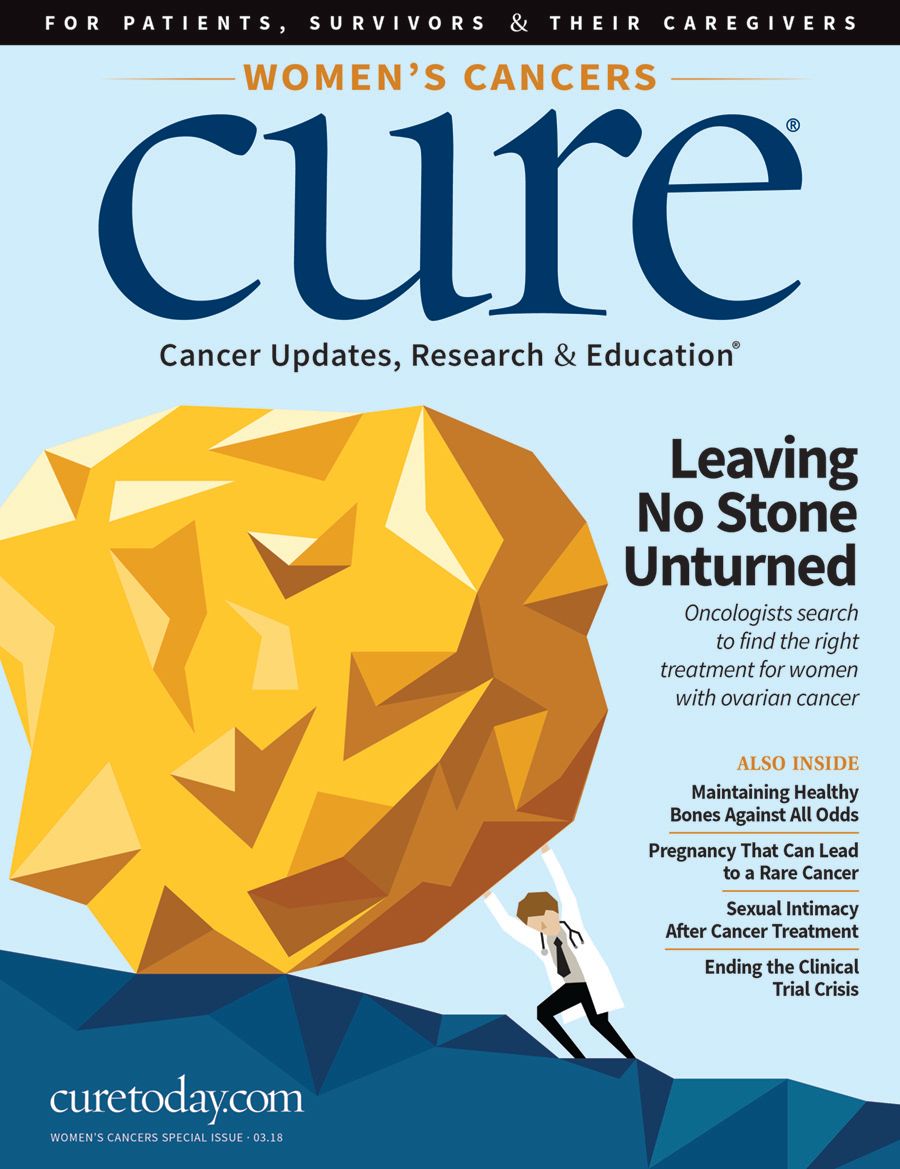Publication
Article
CURE
Behind the Hype: Navigating Cancer News
Author(s):
FORCES’s XRAYS program sorts through cancer research-related news to help patients make informed decisions.
OVER MY 19-YEAR career in patient advocacy and as a 20-year breast cancer survivor, I have read my share of media reports on cancer research. I have learned to view the cycle of health media with skepticism. Too often, hope turns to disappointment as new discoveries fade from the media spotlight to obscurity.
Media reports of health news frequently contain misinformation and hype. This can be extremely confusing or dangerous for people who are making health care decisions. In her 2009 New England Journal of Medicine perspective, “Communicating Medical News — Pitfalls of Health Care Journalism,” health policy journalist Susan Dentzer wrote, “Journalists reporting on health care developments deliver public health messages that can influence the behavior of clinicians and patients.” She added, “I believe that when journalists ignore complexities or fail to provide context, the public health messages they convey are inevitably inadequate or distorted.”
XRAYS: HELP, NOT HYPE
As an organization supporting informed medical decisions for people and families affected by hereditary cancers, Facing Our Risk of Cancer Empowered, better known as FORCE, has observed the real-world consequences for consumers of health media hype and misleading stories on cancer research. Too often, headlines like “BRCA Gene Mutations Also Linked With Salivary Gland Cancer” or “‘Jolie Gene’ Linked to Alzheimer’s Disease” overstate the clinical significance of research and cause unnecessary concern or panic.
FORCE recognized an urgent need for tools to help people understand emerging research and discern if and how it affects their medical care. With funding from the Centers for Disease Control and Prevention, FORCE launched its eXamining the Relevance of Articles for Young Survivors (XRAYS) program in 2015. Using lay language to summarize media reports about breast cancer research, weekly XRAYS articles provide people with relevant context for their medical decision making.
Each XRAYS article evaluates and rates the relevance of the research to medical decisions and care. It also assesses the media’s coverage of the research, which may range from high-quality, five-star reporting to misleading or inaccurate coverage worthy of only one or two stars. All XRAYS articles are reviewed by a member of FORCE’s scientific advisory board before being published.
TIPS FOR READERS
In an XRAYS blog, journalist Amy Wu wrote, “At a time when fake news is making headlines, programs such as XRAYS are all the more pivotal for patients, medical practitioners and yes journalists too…It sends a message out to media organizations that they are accountable for the information acquired and delivered.”
The XRAYS team recommends that people ask themselves the following questions to help critically evaluate health reports in the media:
Does the headline match the article?
Read the entire story. Sensational headlines may serve as click-bait, but sometimes a good article follows an erroneous headline.
Who or what were the study subjects?
Research on mice or cell lines is usually very preliminary. Even if the science is sound, it may be years away from testing in humans and incorporation into medical practice. For research in people, small studies usually require validation on larger populations before guidelines are changed. Also, consider if the participants share your medical situation. The more similarities between you and the population studied, the more relevant the results will be to you.
What do the experts say?
Balanced articles include quotes from experts outside the research team. This is important because many health media reports start with a press release that focuses on an institution’s contribution to science rather than the immediate impact on patient care. Visit the website of professional organizations such as the National Comprehensive Cancer Network, which has expert panels that review new research for incorporation into guidelines for care.
What did the actual research show?
Many health media stories are based on research journal publications. Google the journal and researcher’s name to find the scientific article. Some may be technical, but reading the abstract can help you understand the investigators’ findings.
What do your doctors say?
Share articles that you feel may affect your care or medical decision making with your doctor.
Which topics most interest you?
The media don’t always cover the most important stories. For hereditary cancer, many stories involve new drugs, genetic testing and Angelina Jolie. But research on topics such as long-term survivorship, metastatic cancer, quality of life and health equity do not receive much attention. Visit the United States Library of Medicine’s website, PubMed, to subscribe to alerts when articles are published on topics that interest you.
From discovery to incorporation into medical care, research can follow a slow, winding path with many years, headlines, false starts, contradictions and media reports in between. It’s worthwhile to arm yourself with resources like XRAYS to become an informed consumer of health media.
Visit FORCE’s XRAYS program at facingourrisk.org/ XRAYS
SUE FRIEDMAN was diagnosed with breast cancer 20 years ago at age 33 and subsequently learned that she carries a BRCA2 mutation. A veterinarian by training, Friedman founded the national nonprofit organization Facing Our Risk of Cancer Empowered (FORCE) in 1999 and left her practice several years later to serve as the organization’s full-time executive director.

2 Commerce Drive
Cranbury, NJ 08512
All rights reserved.





